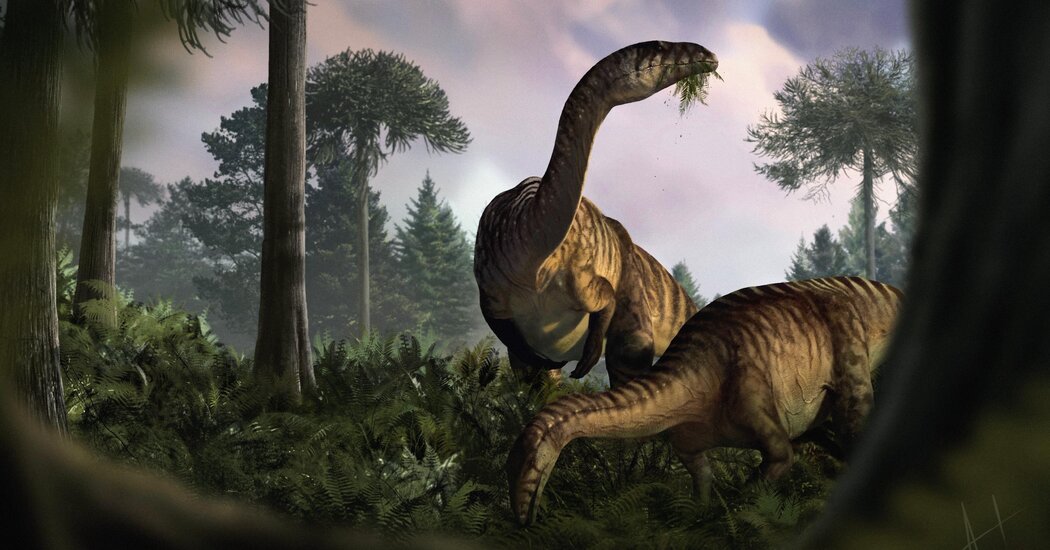It was not always easy being a dinosaur. When they scampered onto the scene 230 million years ago, these “terrible lizards” were prehistoric pipsqueaks among a slew of bigger, badder reptiles brimming with teeth and bolstered with armor. But 30 million years later, many of these older reptiles were gone, and dinosaurs reigned supreme.
Determining how dinosaurs achieved worldwide domination has been difficult because of a scarcity of well-preserved early dinosaur skeletons. So a team of researchers recently explored another aspect of the fossil record: fossilized feces and vomit, known as bromalites. In a paper published Wednesday in the journal Nature, the scientists used these materials to recreate how early dinosaurs fit into food webs across 30 million years in a prehistoric region that is today part of Poland.
The most famous bromalites are fossilized feces, also known as coprolites. But bromalites also preserve digestive byproducts like regurgitations and gut contents that help researchers pinpoint who was eating whom in ancient ecosystems.
Bromalites may often become the butt of jokes, said Stephen Brusatte, a paleontologist who was not involved in the study and who noted that “academic paleontologists can be prone to toilet humor, too.” But they preserve crucial clues about the ecology of the earliest dinosaurs.
“This is exactly what we need to understand the predator and prey links from millions of years ago,” he said.
